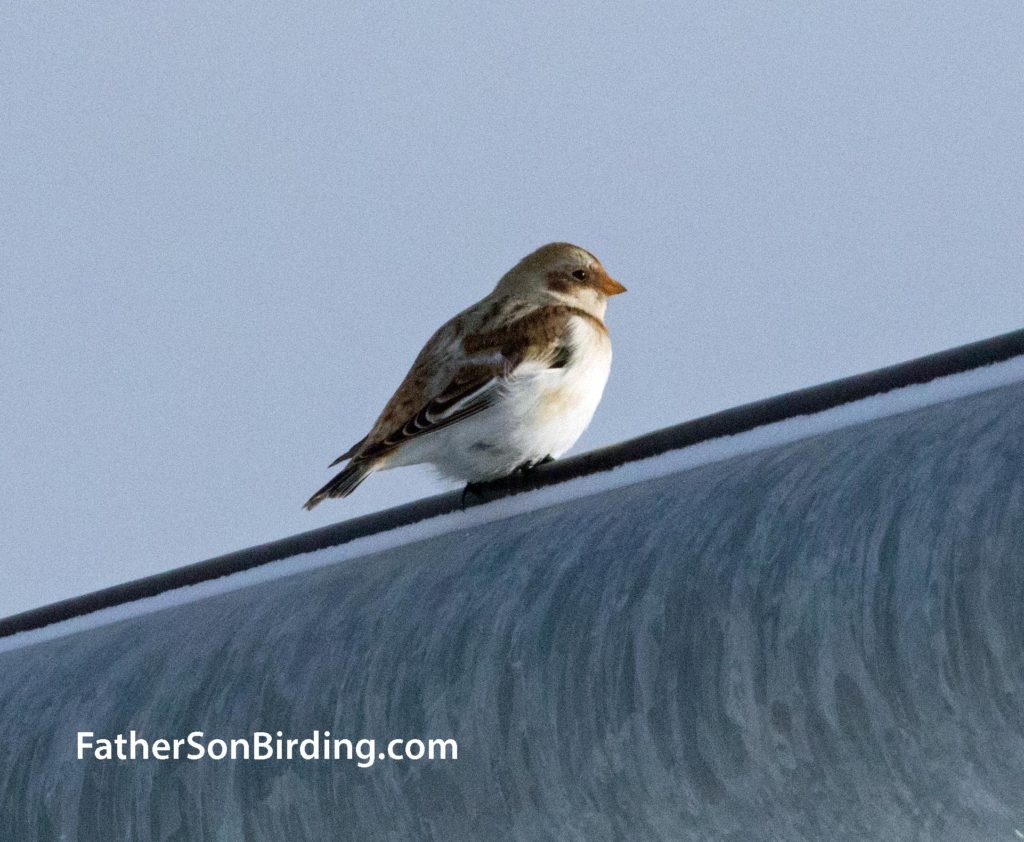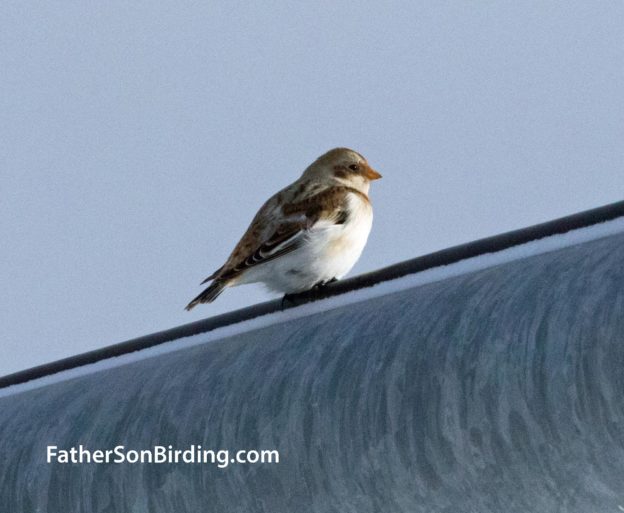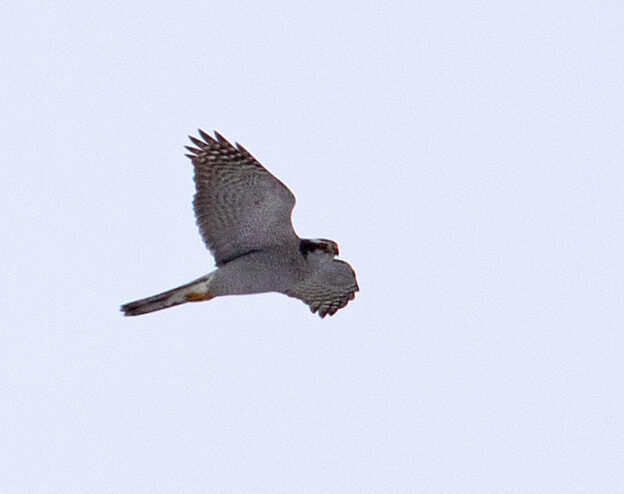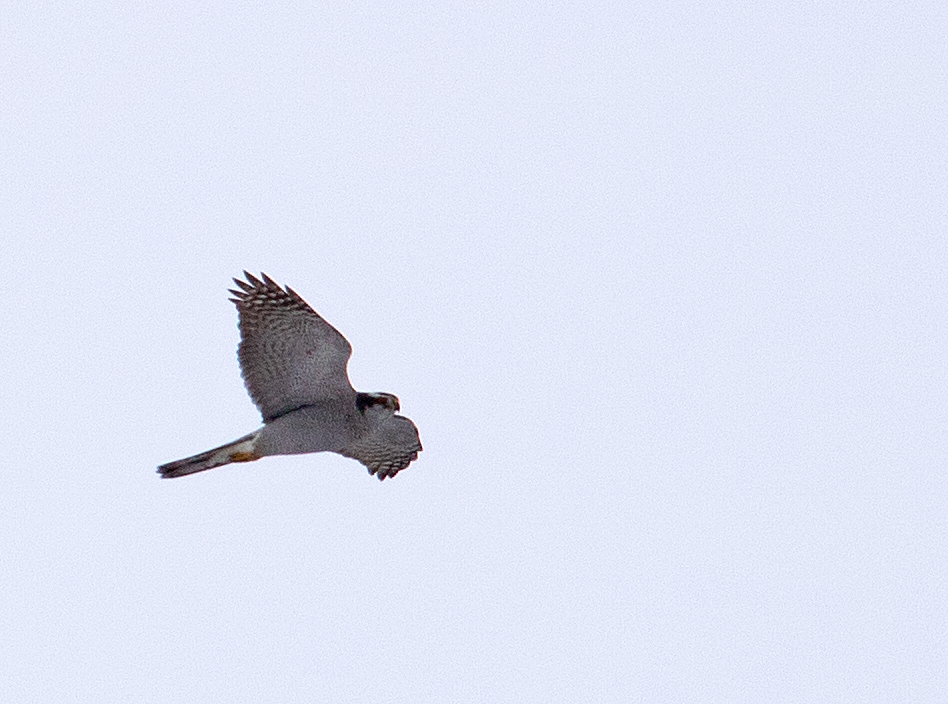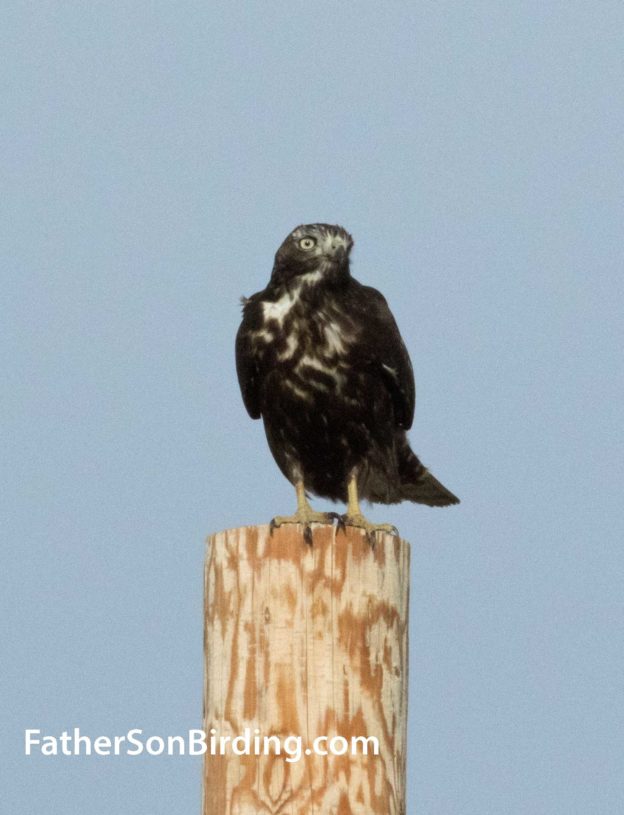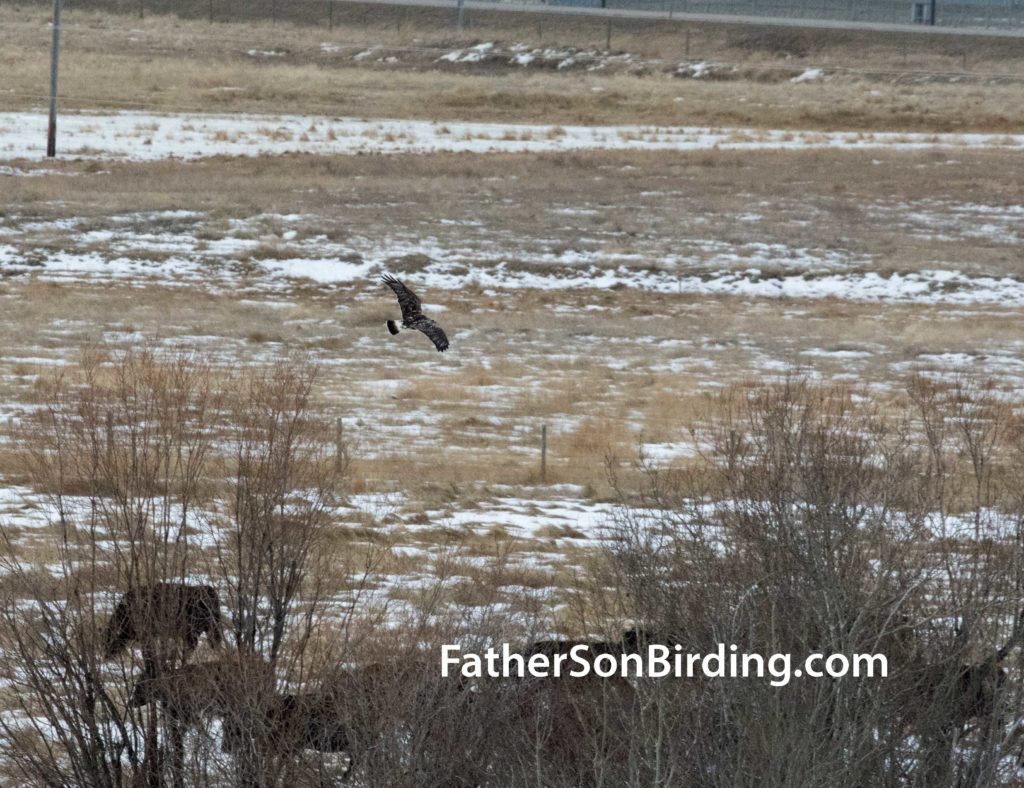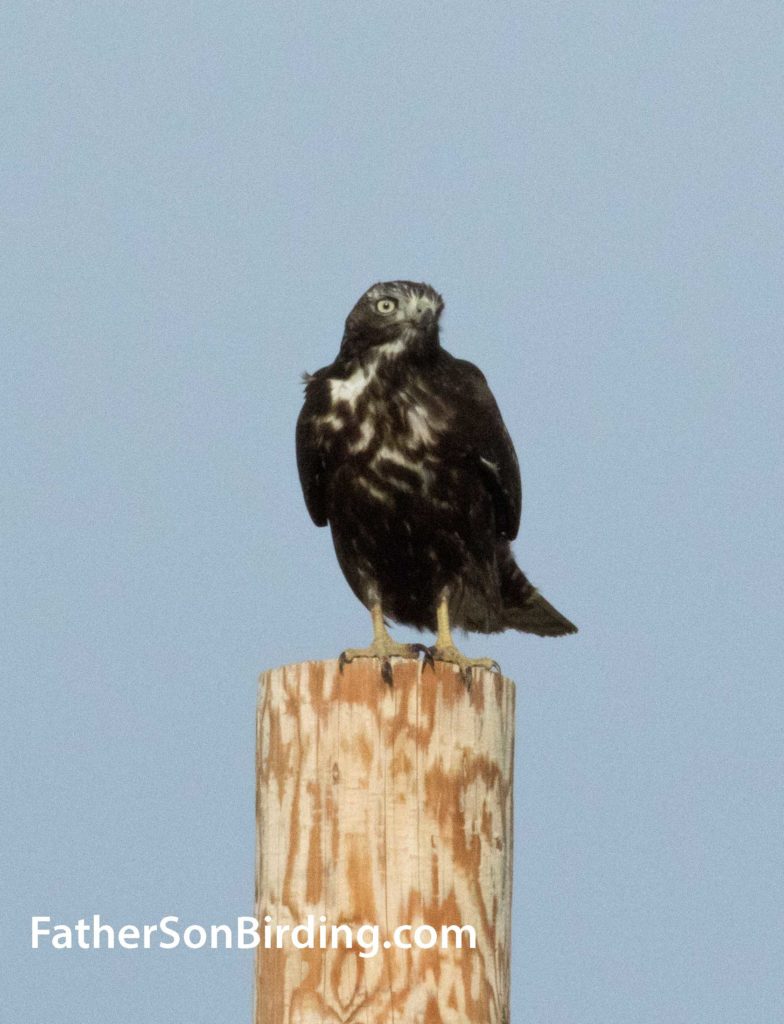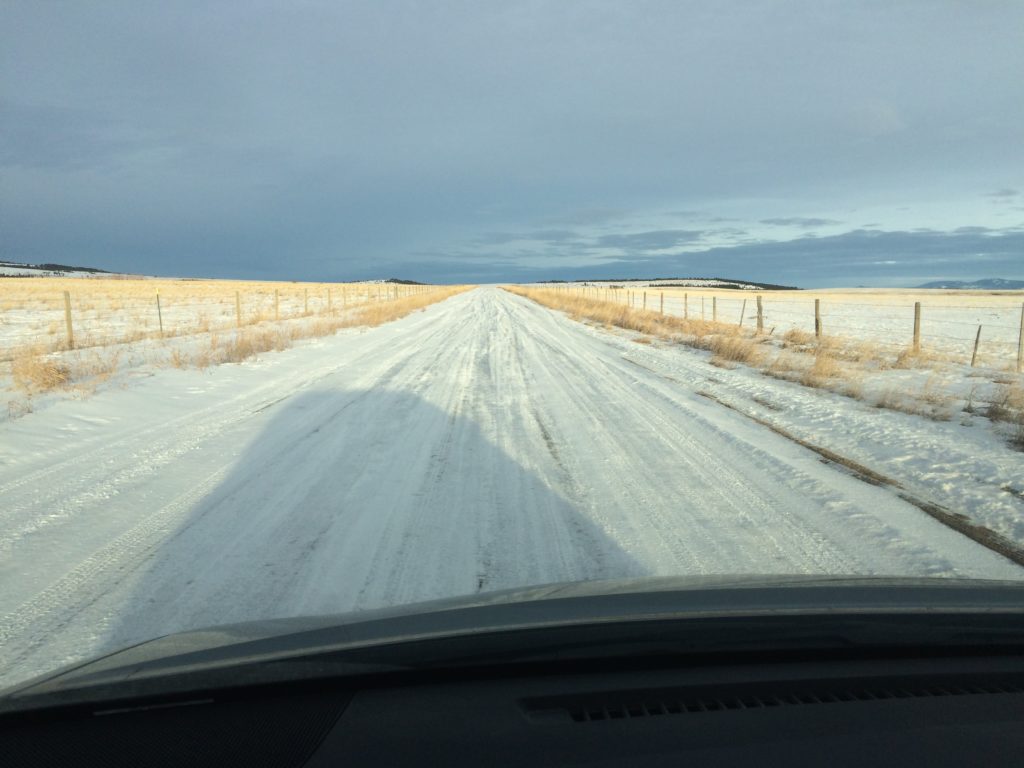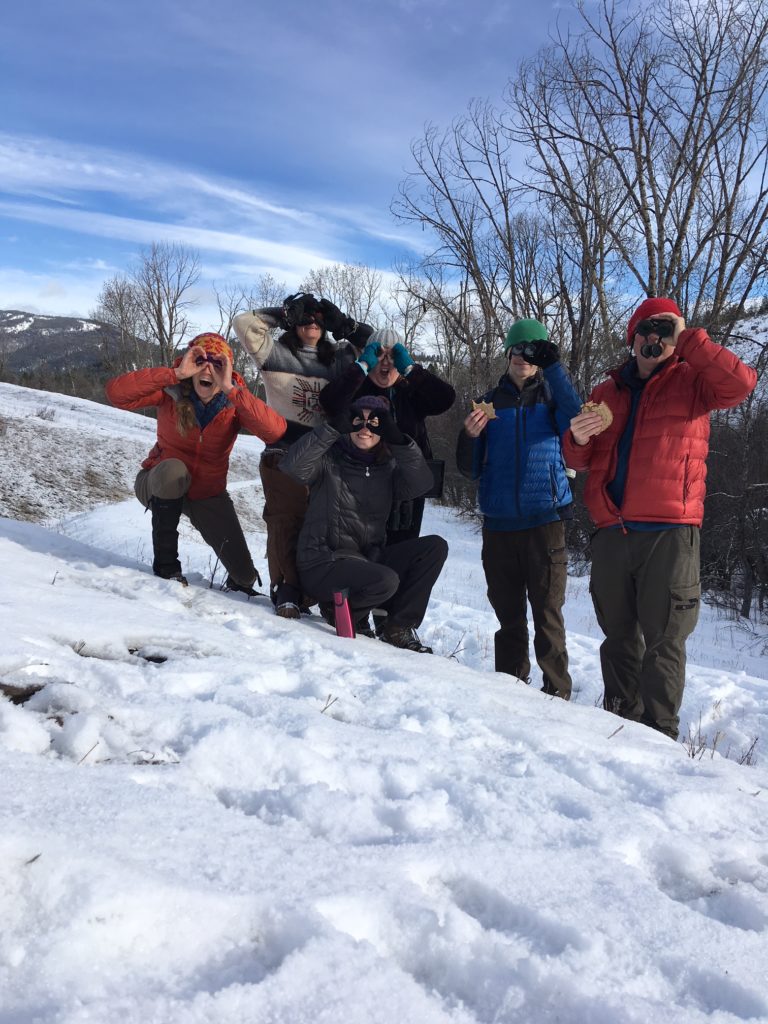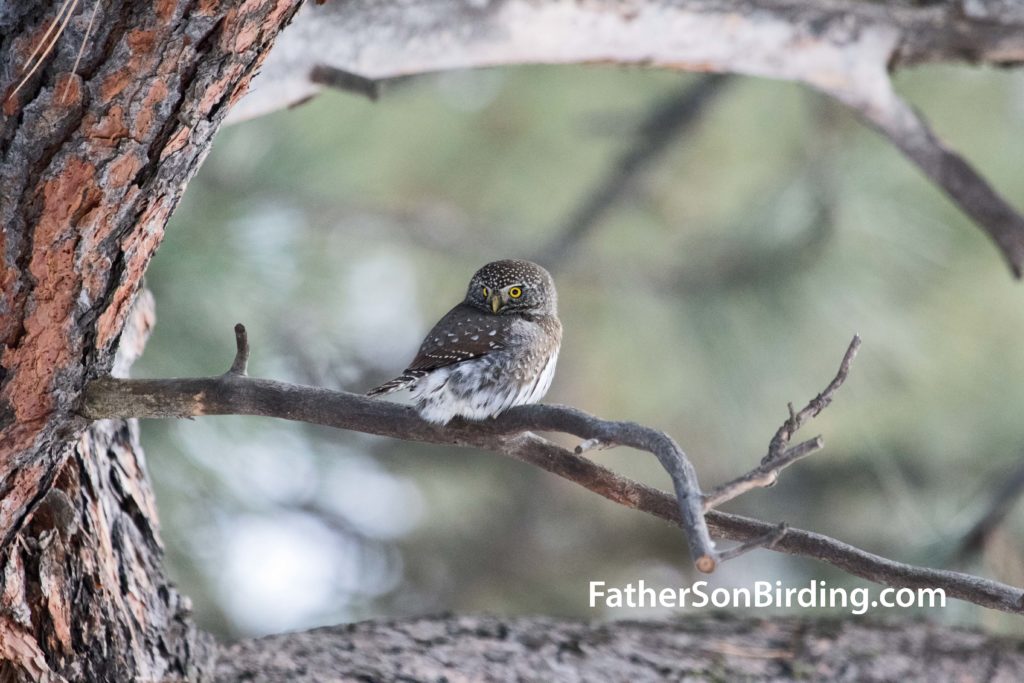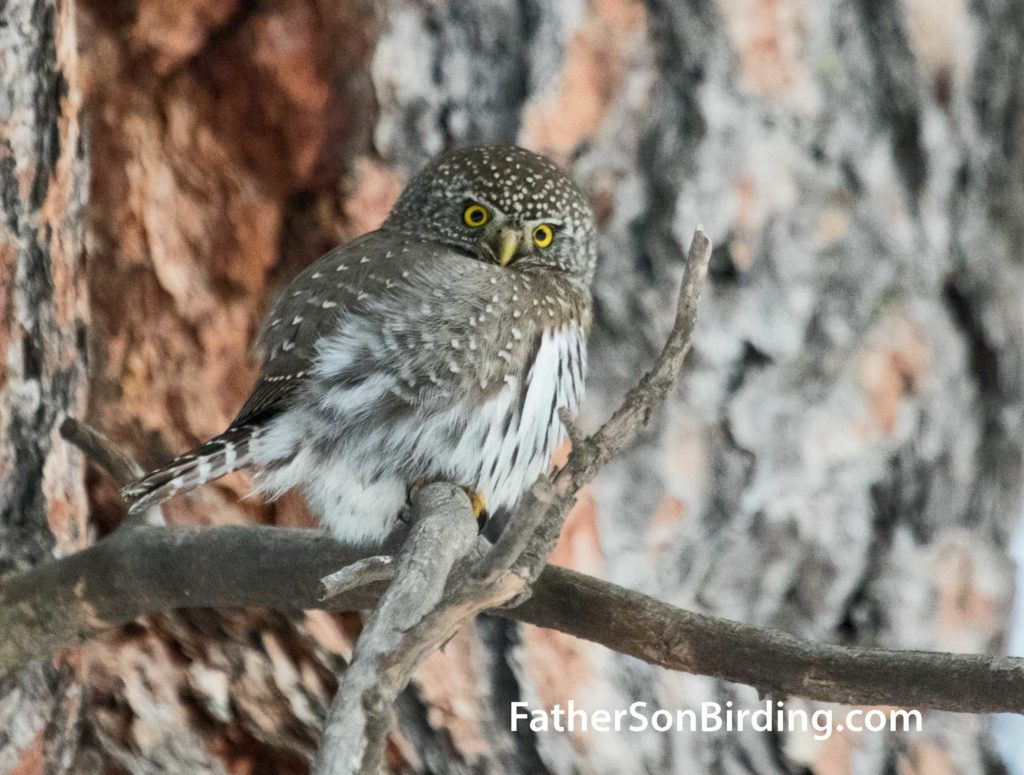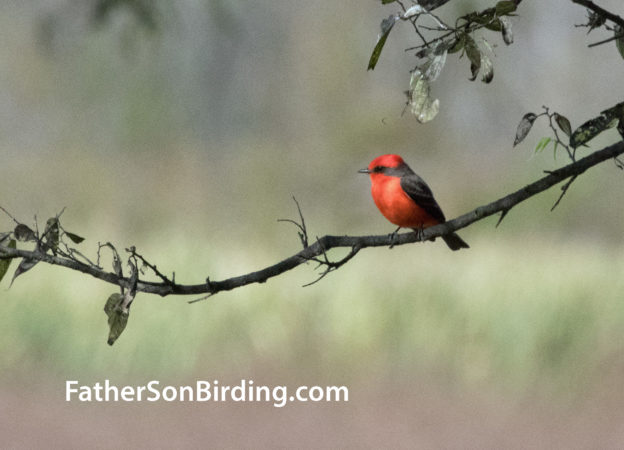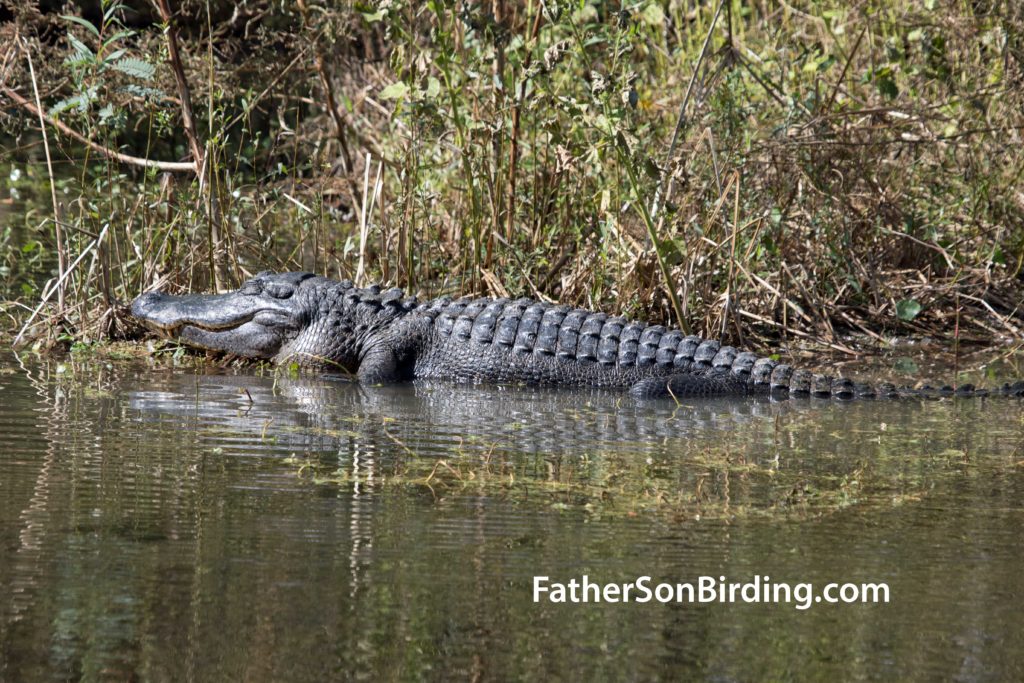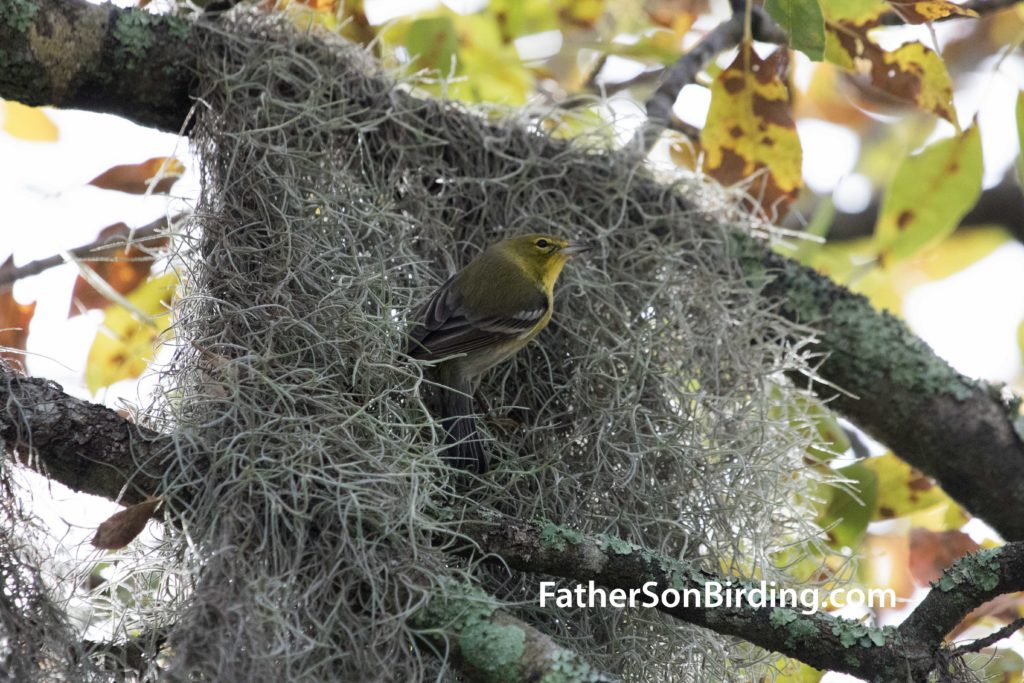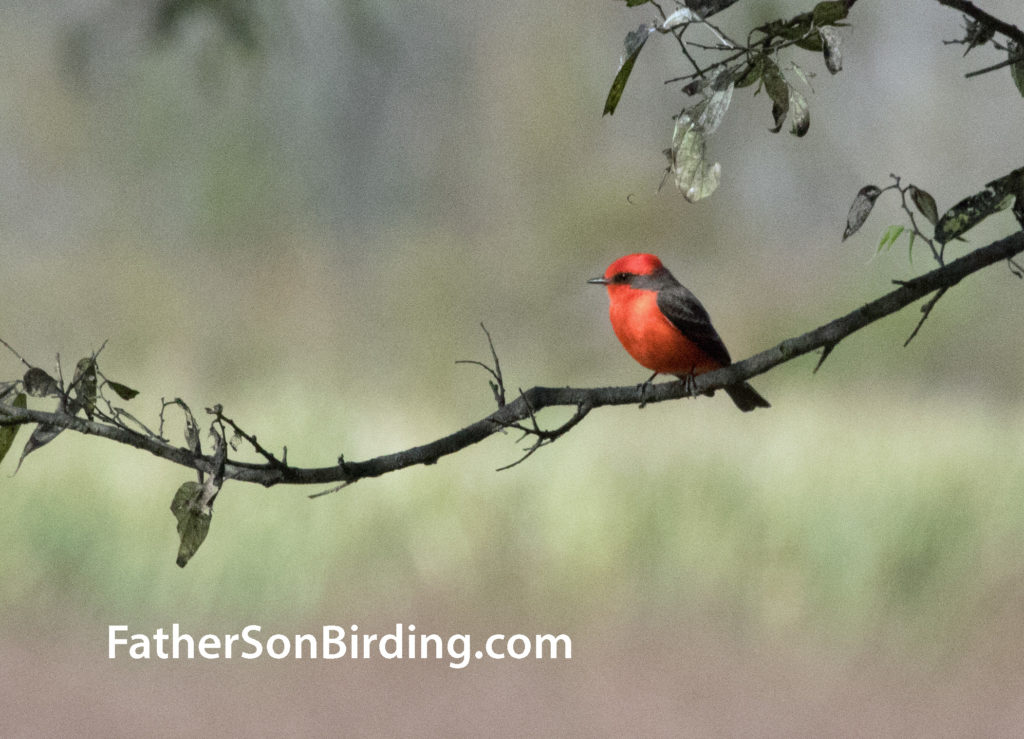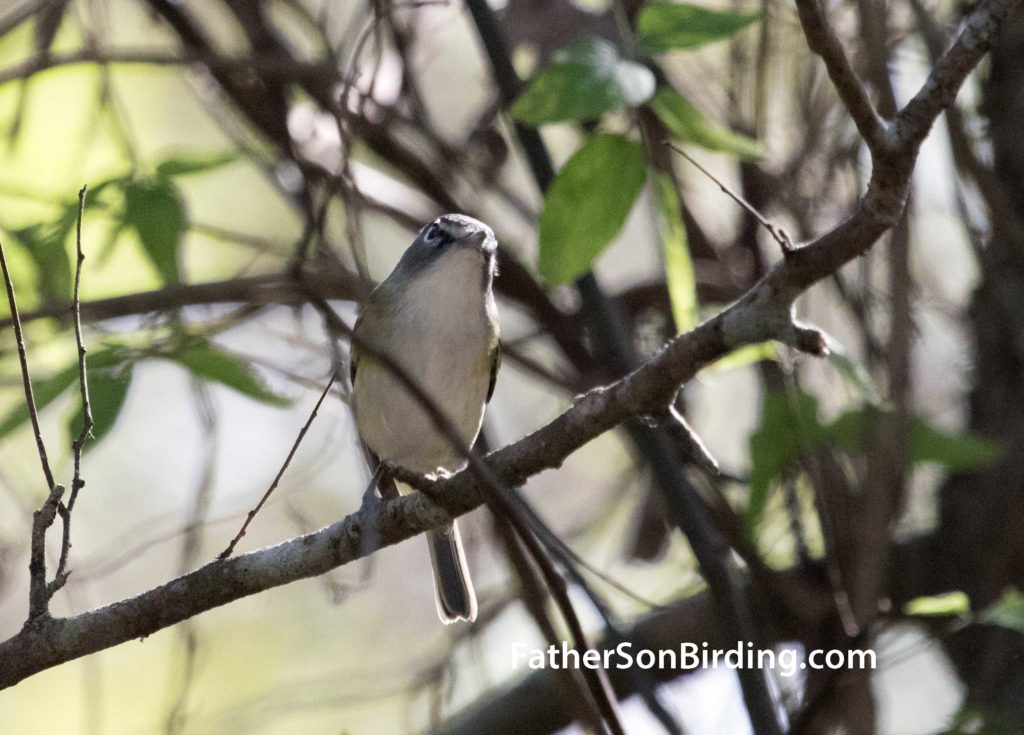To Subscribe to FatherSonBirding—and nothing else—please fill in your email address in the box down in the column to your right. Thanks!
At 8:00 a.m. we pulled into the parking lot of the now-defunct Uncle Buck’s Bar in Warm Springs, Montana. The mercury read -4 degrees and we’d just braved 100 miles of icy highway to get here, but we couldn’t be more excited. Why? Because in addition to this being our third and final Christmas Bird Count of the season, it was January 1—the date when Year Counts are reset to zero and all birders begin their lives anew.
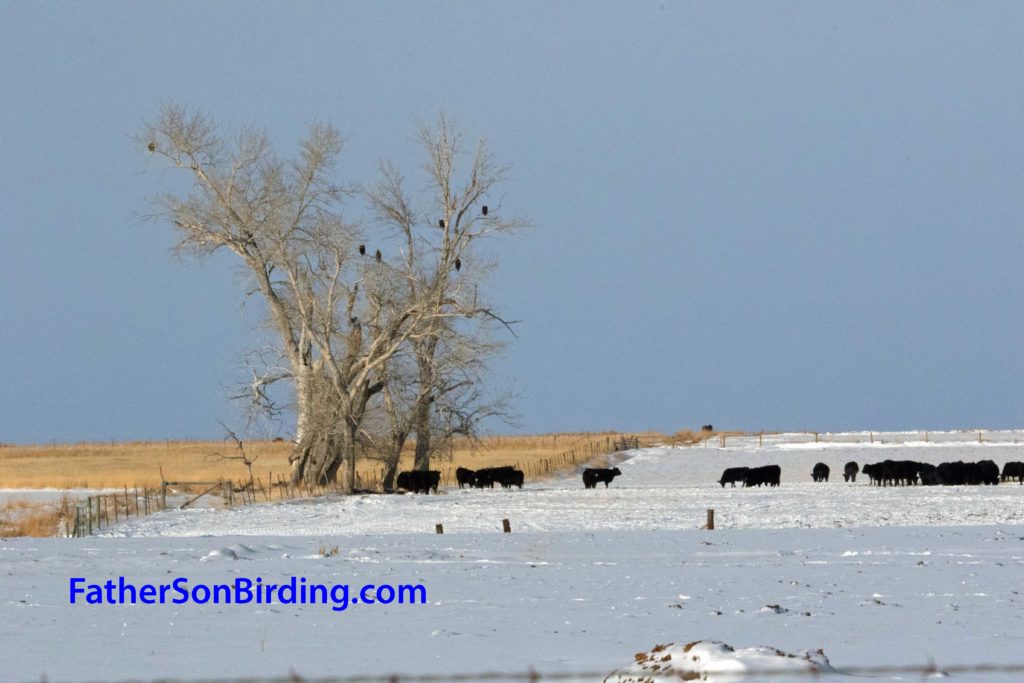
We were not alone in our enthusiasm. In addition to Braden, our birding friend Nick Ramsey, and myself, at least twenty other birders stood around sipping coffee and stomping their feet. We turned out in great part because of Gary Swant, a Montana birding legend who led our Christmas Bird Count in Deer Lodge twelve days earlier. Warm Springs was Gary’s main turf as he did bird counts here for a living, monitoring species in the wake of the vast superfund cleanup conducted around the Butte-Anaconda mining complex. What’s more, today Braden, Nick, and I hit the jackpot. After assigning sectors to other bird counters, Gary turned to us and said, “Why don’t you three ride with me?”
I can’t tell you exactly where Gary drove us or I would have to kill you, but suffice it to say that we had a very special day. We drove around a number of ponds used to settle out and inactivate toxic waste from Silver Bow Creek before it helps form the Clark Fork River. Most of the ponds had frozen over so we weren’t sure what we might see, but right away we scored two terrific birds.
“There’s a Townsend’s Solitaire,” Braden called out.
Gary took a look at the bird, perched above a stream. “I think that might be a Northern Shrike,” he said. Just then, the bird moved its head into a better position and we could all see the shrike’s distinct markings.
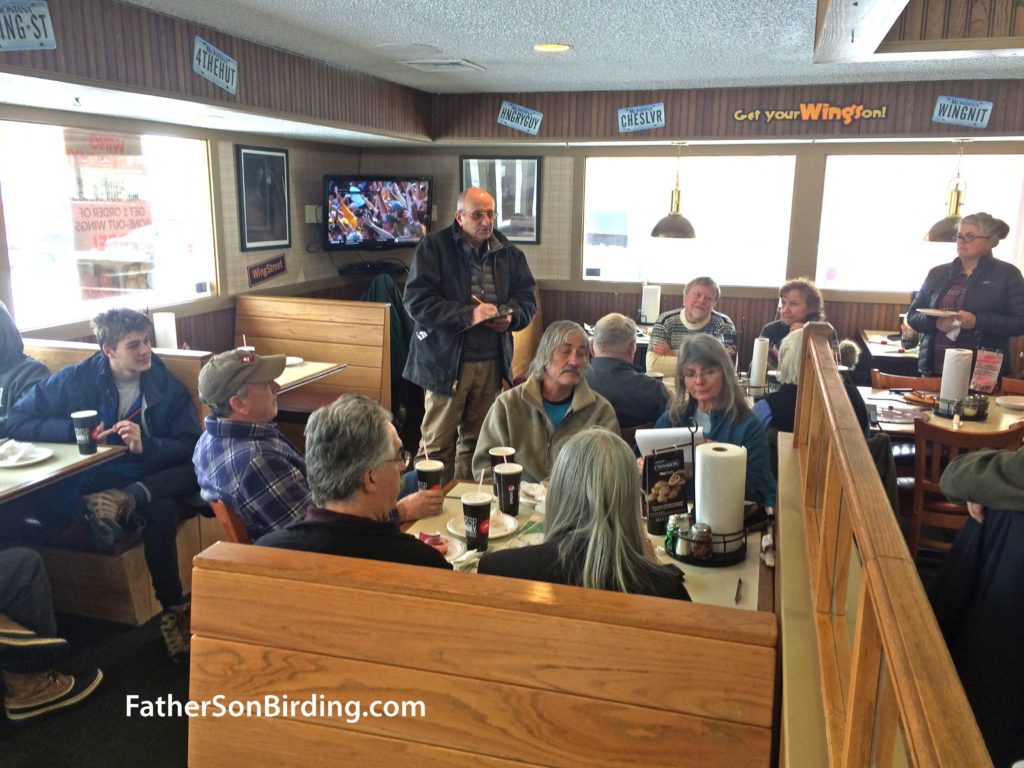
Not ten minutes later, as we got out of the car for a brief stretch, a large fast raptor flew over.
“Northern Goshawk!” Nick, Braden, and Gary all shouted together.
SCORE! Three days after getting our Lifer Northern Goshawk at Maclay Flats, Braden and I got a great look at a second one—and in a brand new year!
For the next couple of hours, we racked up twenty other great species including Trumpeter Swans, Common and Barrow’s Goldeneyes, Rough-legged Hawks, and even some American Tree Sparrows.
After the count, the groups converged on the Anaconda Pizza Hut for debriefing. Our collective total came to 49 species and 4498 individual birds—not bad for winter in cold, wind-swept Montana. Nick, Braden, Gary, and I had landed 22 species, a great start to our 2019 Year Lists.
But our day was far from over.
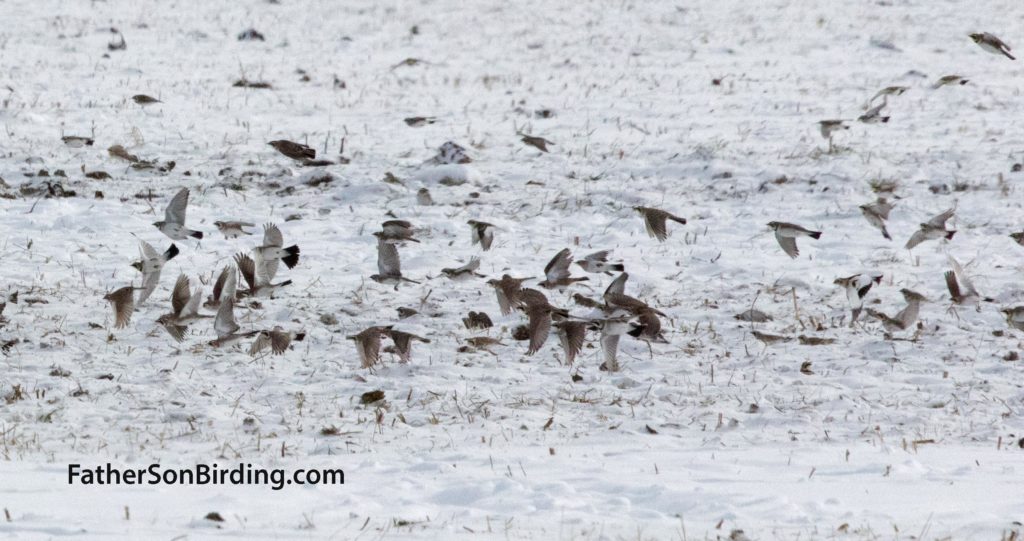
Following a tip from one of the groups, five carloads of us headed out to a road just north of Warm Springs and we did NOT regret it. Soon, we came upon a flock of at least 600 Horned Larks feeding in a pasture. Our group broke out half a dozen spotting scopes hoping to find two other species among the larks. It wasn’t long before the calls came.
“I’ve got Snow Buntings!”
“I’ve got a Lapland Longspur!”
Our pulses raced and didn’t slow until we’d seen the birds ourselves. It took about ten minutes, but finally, I spotted the distinctive birds. Braden and I high-fived each other. Snow Buntings had been dogging us for the past five years and to add them and Lapland Longspurs to our Life Lists on the very same day felt like vindication. And if that wasn’t enough, just then, two Prairie Falcons swooped in to harrass the giant flock. Yet another Year Bird!
We climbed back into the minivan and began the drive back to Missoula feeling both exhausted and exhilarated. We hadn’t set out to do a Big Year in 2019, but we realized something: For birders, every year is a Big Year.
